Average ransomware payouts nearly double in a year
New report finds victims succumbing to cyber criminals increasingly aggressive tactics
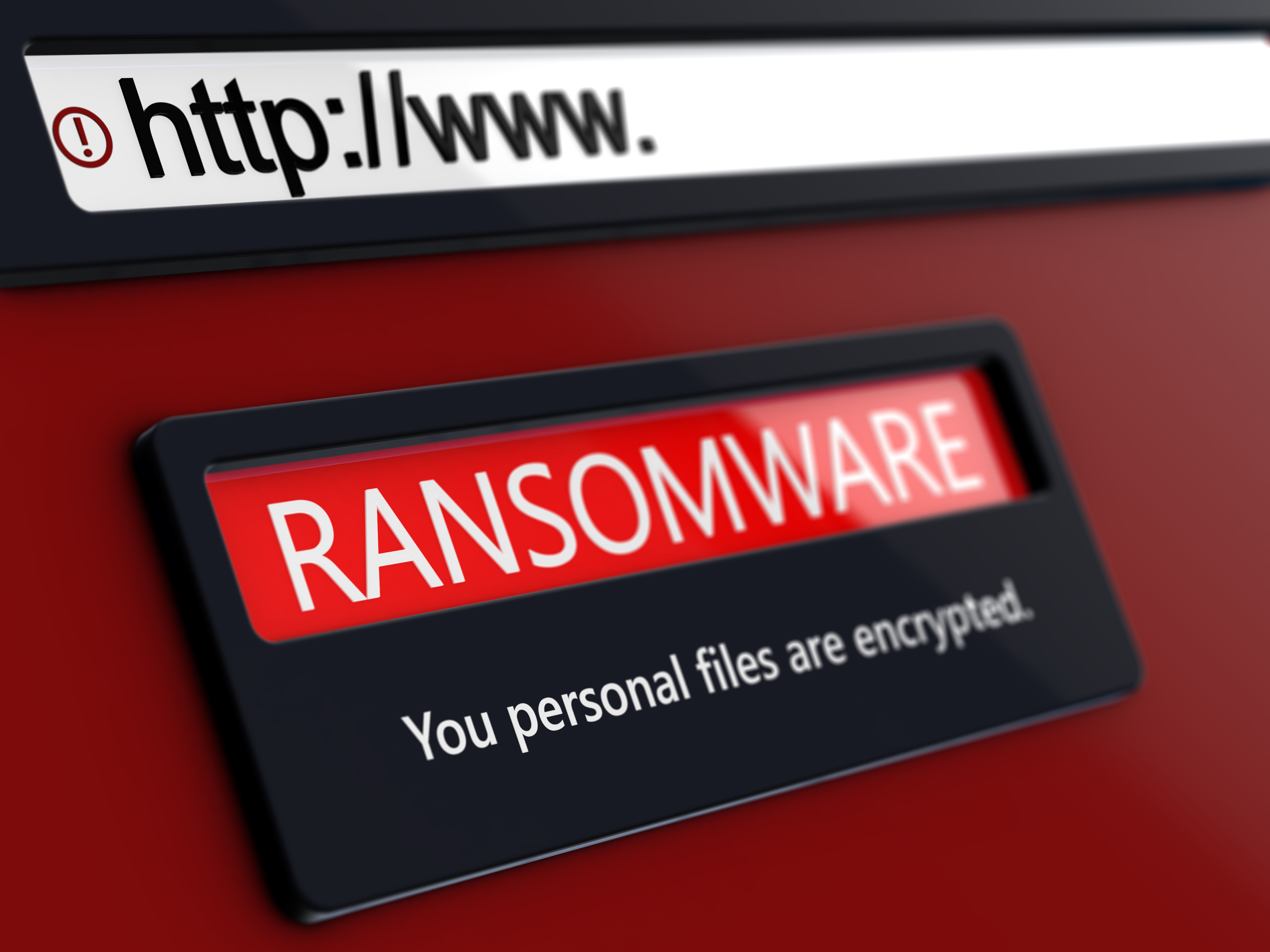

Increasingly aggressive tactics to coerce organizations into paying larger ransoms are paying off as average ransomware payouts have almost doubled in a year.
According to a new Unit 42 report, such payments increased 82% since 2020 to a record $570,000 in the first half of 2021. The increase followed the previous year’s 171% jump to more than $312,000.
In the meantime, cyber criminals are getting greedy. From 2015 to 2019, the highest ransomware demand was $15 million. In 2020, the highest ransomware demand grew to $30 million.
The research found ransom demands from hackers using Maze ransomware averaged $4.8 million in 2020. That was a significant increase compared to the average of $847,344 across all ransomware families in 2020.
One trend the report noted was the increase in “quadruple extortion.” Ransomware operators now commonly use as many as four techniques for pressuring victims into paying. These techniques include encryption, where victims pay to regain access to scrambled data; compromised computer systems that stop working because key files are encrypted; data theft, where hackers release sensitive information if a ransom is not paid. (Researchers noted that this trend took off in 2020).
The third part of this extortion is where ransomware gangs launch denial of service attacks that shut down a victim’s public websites. Lastly, cyber criminals harass customers, business partners, employees, and media to tell them the organization was hacked.
RELATED RESOURCE

2021 state of email security report: Ransomware on the rise
Securing the enterprise in the COVID world
“While it’s rare for one organization to be the victim of all four techniques, this year we have increasingly seen ransomware gangs engage in additional approaches when victims don’t pay up after encryption and data theft.,” said researchers.
Sign up today and you will receive a free copy of our Future Focus 2025 report - the leading guidance on AI, cybersecurity and other IT challenges as per 700+ senior executives
The highest single-victim ransom demand rose to $50 million in the first half of 2021 from $30 million last year. Additionally, REvil recently tested a new approach by offering to provide a universal decryption key to all organizations impacted by the Kaseya VSA attack for $70 million. However, it quickly dropped the asking price to $50 million. According to researchers, Kaseya eventually obtained a universal decryption key, but it is unclear how much it paid.
“We expect the ransomware crisis will continue to gain momentum over the coming months, as cybercrime groups further hone tactics for coercing victims into paying and also develop new approaches for making attacks more disruptive,” researchers said.
Rene Millman is a freelance writer and broadcaster who covers cybersecurity, AI, IoT, and the cloud. He also works as a contributing analyst at GigaOm and has previously worked as an analyst for Gartner covering the infrastructure market. He has made numerous television appearances to give his views and expertise on technology trends and companies that affect and shape our lives. You can follow Rene Millman on Twitter.
-
 Gender diversity improvements could be the key to tackling the UK's AI skills shortage
Gender diversity improvements could be the key to tackling the UK's AI skills shortageNews Encouraging more women to pursue tech careers could plug huge gaps in the AI workforce
-
 Researchers claim Salt Typhoon masterminds learned their trade at Cisco Network Academy
Researchers claim Salt Typhoon masterminds learned their trade at Cisco Network AcademyNews The Salt Typhoon hacker group has targeted telecoms operators and US National Guard networks in recent years
-
 15-year-old revealed as key player in Scattered LAPSUS$ Hunters
15-year-old revealed as key player in Scattered LAPSUS$ HuntersNews 'Rey' says he's trying to leave Scattered LAPSUS$ Hunters and is prepared to cooperate with law enforcement
-
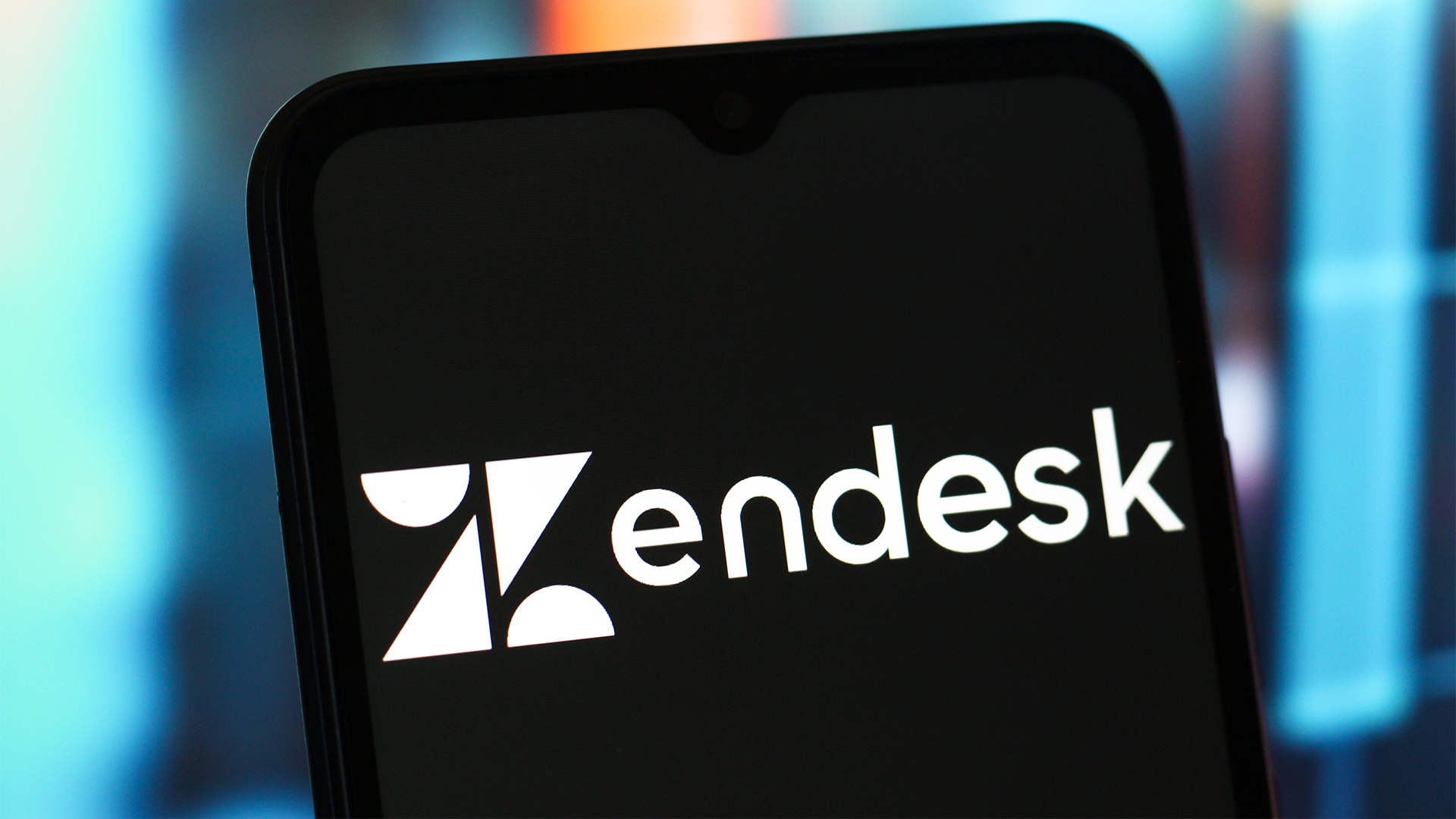 The Scattered Lapsus$ Hunters group is targeting Zendesk customers – here’s what you need to know
The Scattered Lapsus$ Hunters group is targeting Zendesk customers – here’s what you need to knowNews The group appears to be infecting support and help-desk personnel with remote access trojans and other forms of malware
-
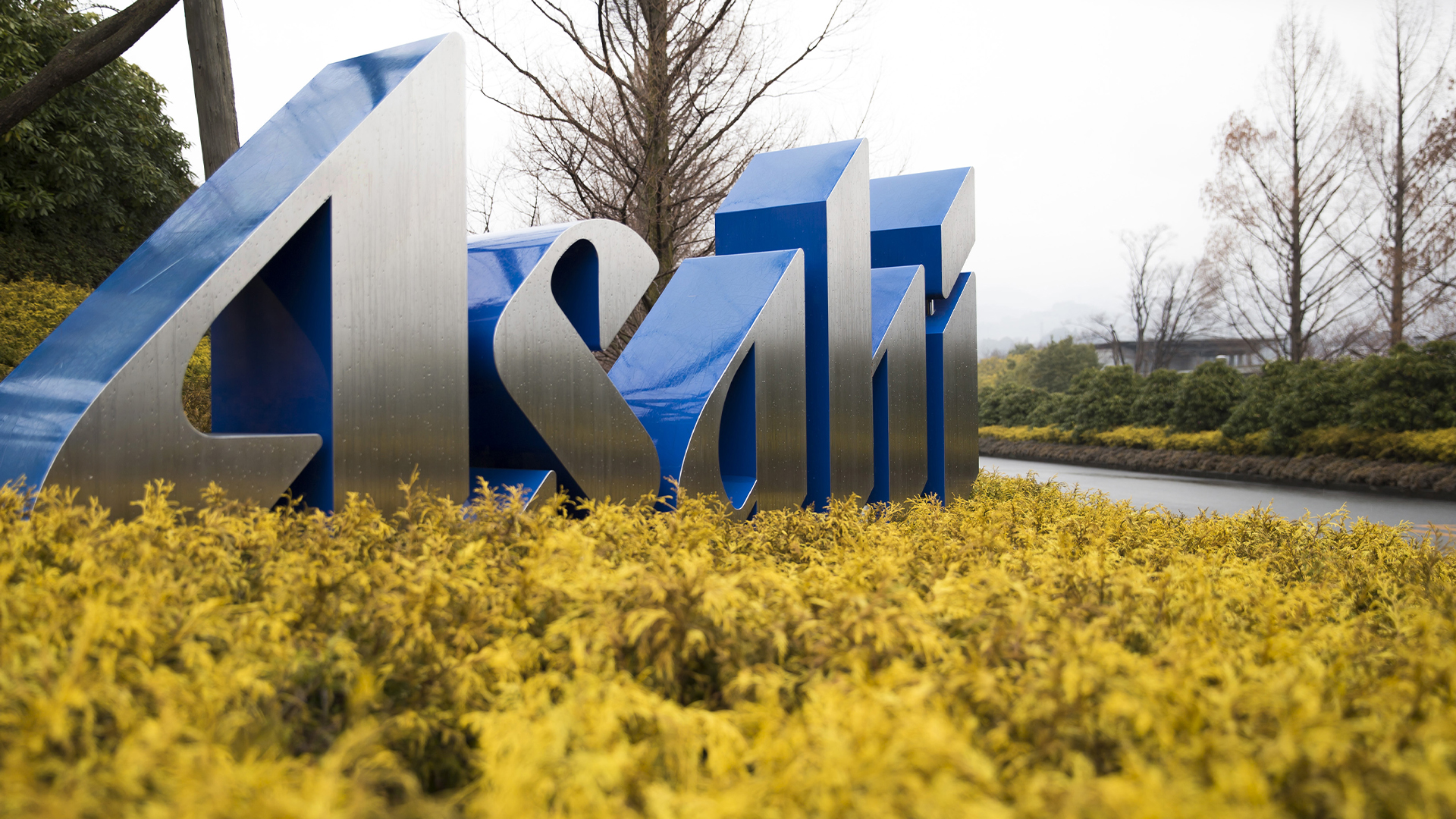 Impact of Asahi cyber attack laid bare as company confirms 1.5 million customers exposed
Impact of Asahi cyber attack laid bare as company confirms 1.5 million customers exposedNews No ransom has been paid, said president and group CEO Atsushi Katsuki, and the company is restoring its systems
-
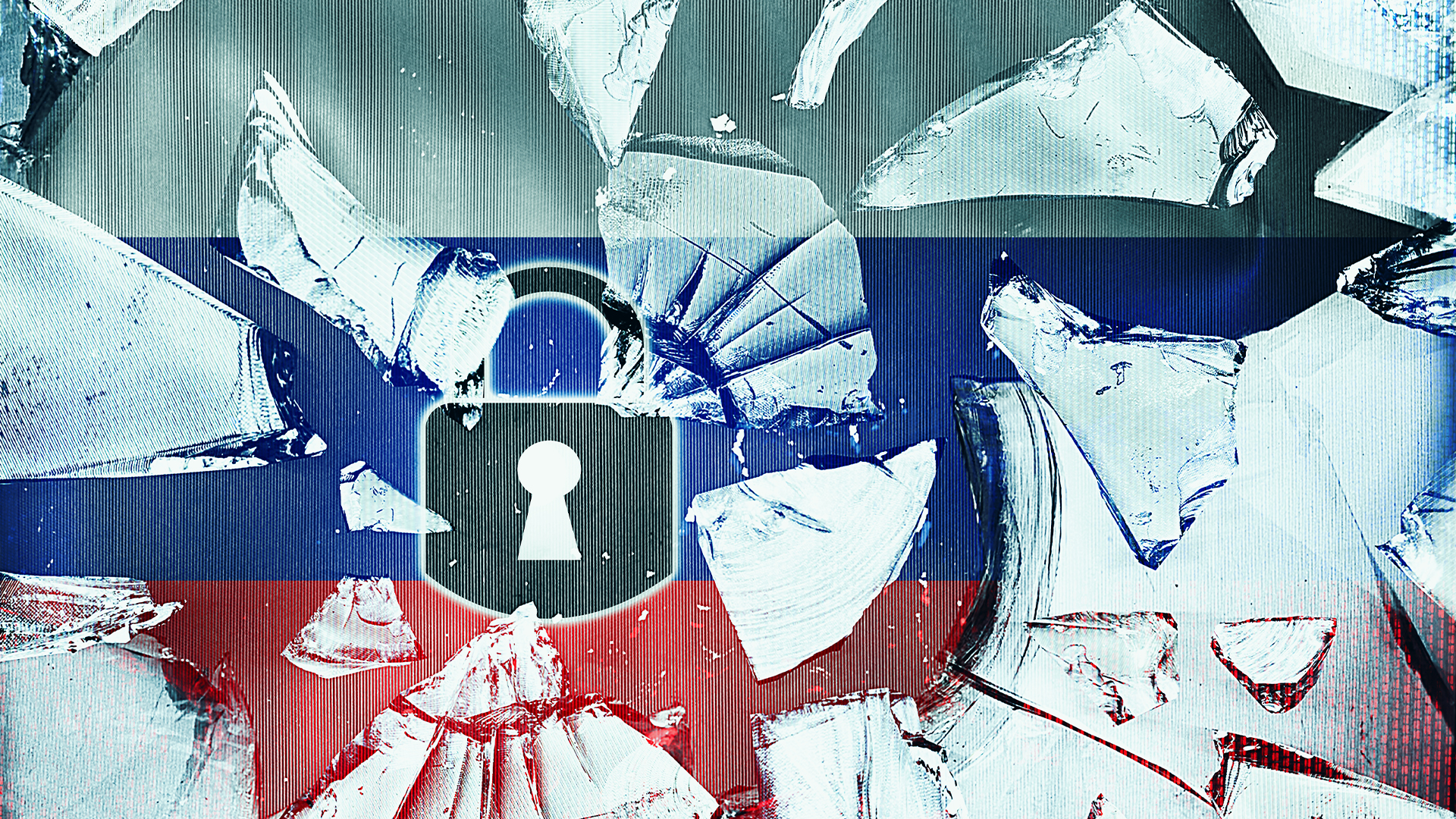 The US, UK, and Australia just imposed sanctions on a Russian cyber crime group – 'we are exposing their dark networks and going after those responsible'
The US, UK, and Australia just imposed sanctions on a Russian cyber crime group – 'we are exposing their dark networks and going after those responsible'News Media Land offers 'bulletproof' hosting services used for ransomware and DDoS attacks around the world
-
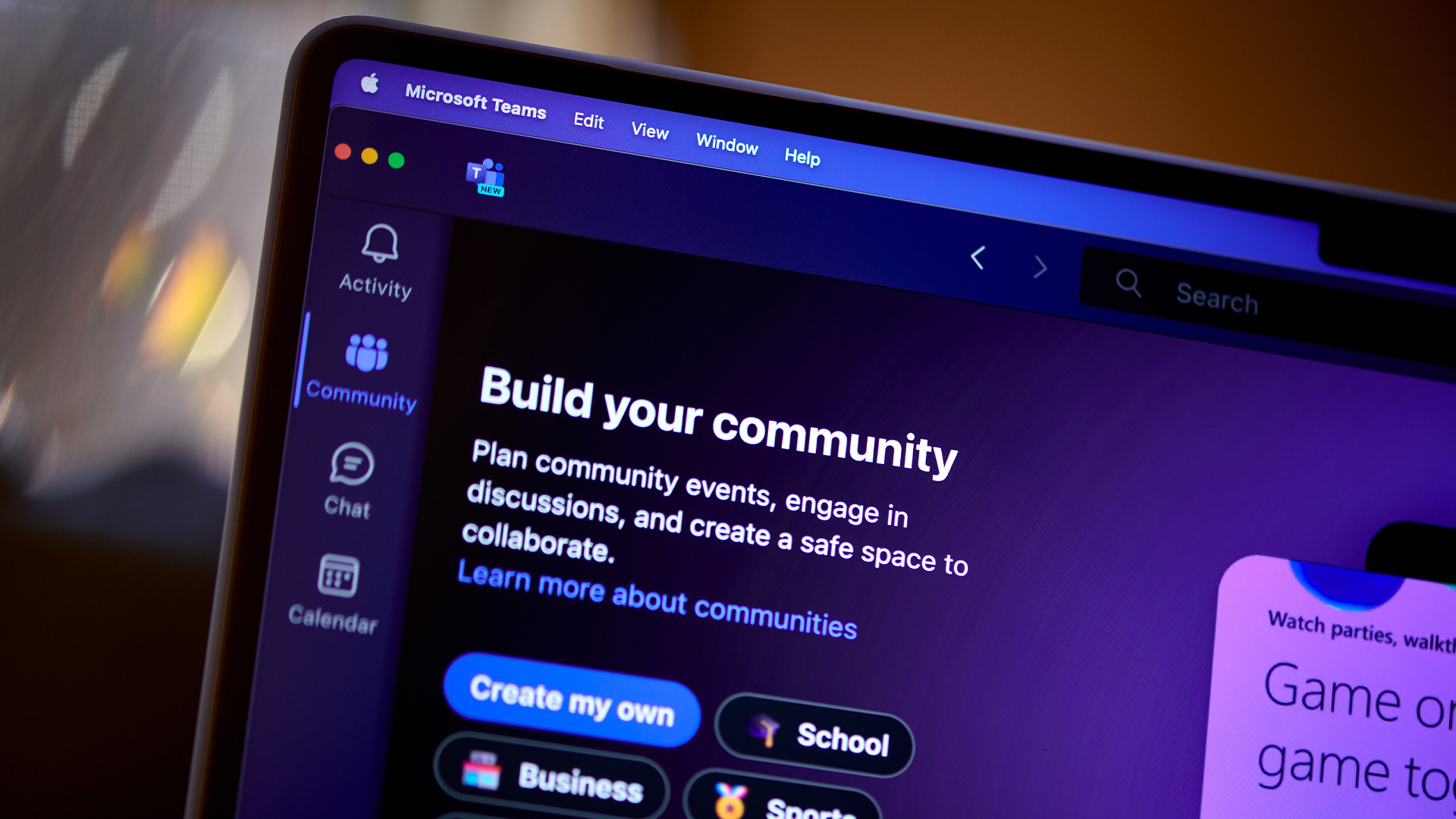 A notorious ransomware group is spreading fake Microsoft Teams ads to snare victims
A notorious ransomware group is spreading fake Microsoft Teams ads to snare victimsNews The Rhysida ransomware group is leveraging Trusted Signing from Microsoft to lend plausibility to its activities
-
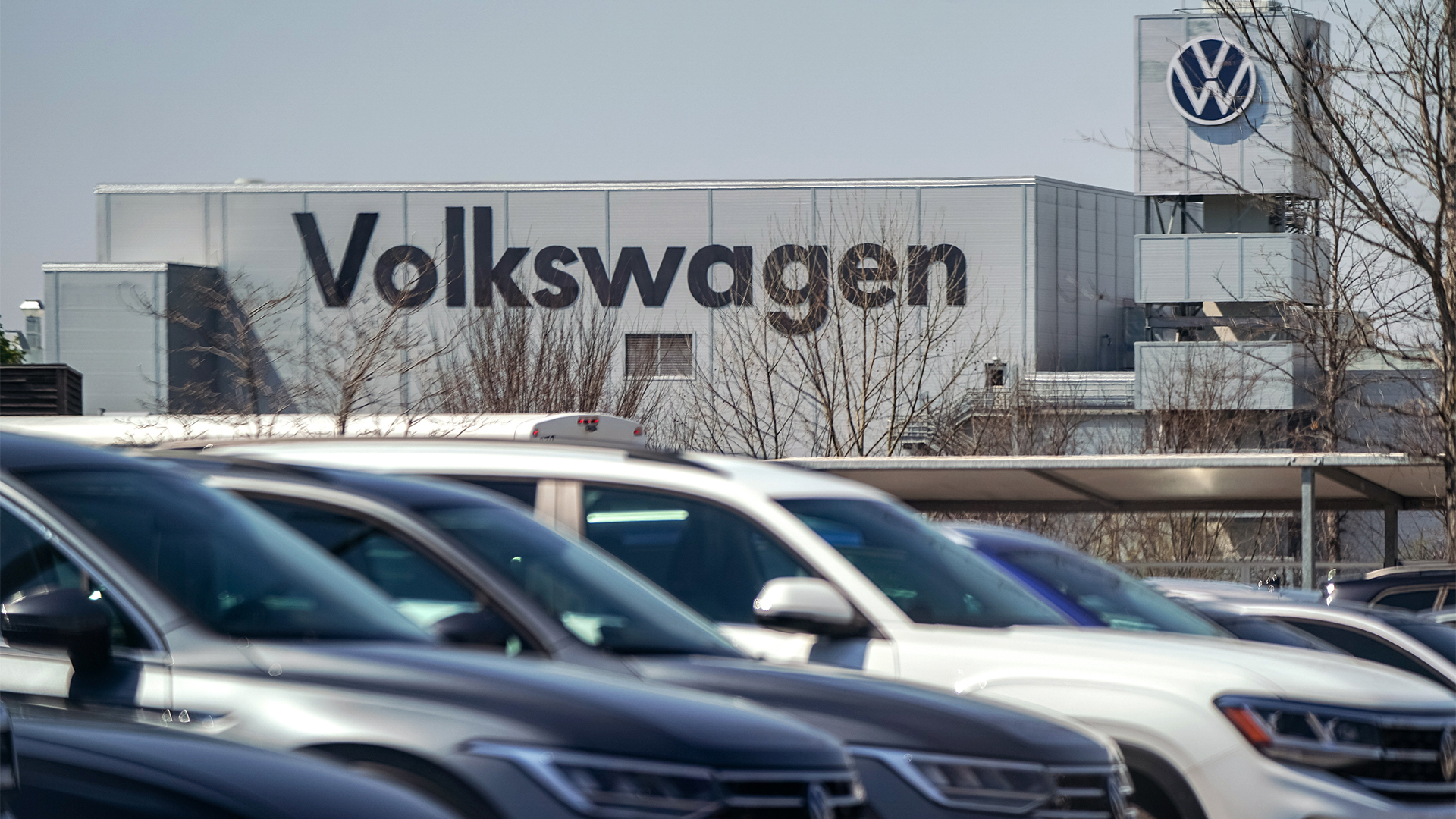 Volkswagen confirms security ‘incident’ amid ransomware breach claims
Volkswagen confirms security ‘incident’ amid ransomware breach claimsNews Volkswagen has confirmed a security "incident" has occurred, but insists no IT systems have been compromised.
-
 The number of ransomware groups rockets as new, smaller players emerge
The number of ransomware groups rockets as new, smaller players emergeNews The good news is that the number of victims remains steady
-
 Teens arrested over nursery chain Kido hack
Teens arrested over nursery chain Kido hacknews The ransom attack caused widespread shock when the hackers published children's personal data
